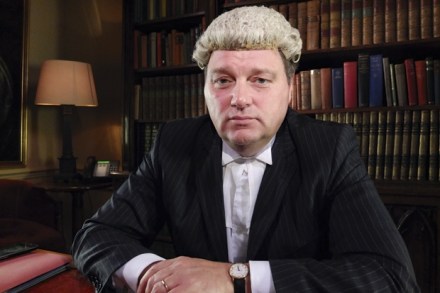Gary Bell is the real rudest man in Britain – and he’s on your side
Gary Bell is the rudest man in Britain. I have known the bastard for years and no one —move over, lightweight Starkey — comes even close to matching his bluntness, his tastelessness, his heroic urge to offend at all costs regardless of how much collateral damage he causes his friends, his family or indeed his own reputation and career as a brilliant QC. But Gary has a dark secret: underneath that elephantine carapace of intellectual arrogance, gratuitous cruelty, and room-clearing crassness beats a heart so warm and tender it makes Princess Diana look like Hannibal Lecter. If a mate were in serious trouble, Gary would be the first to rush




















